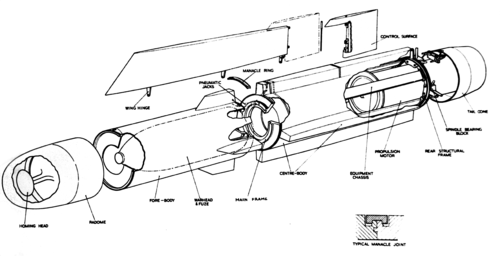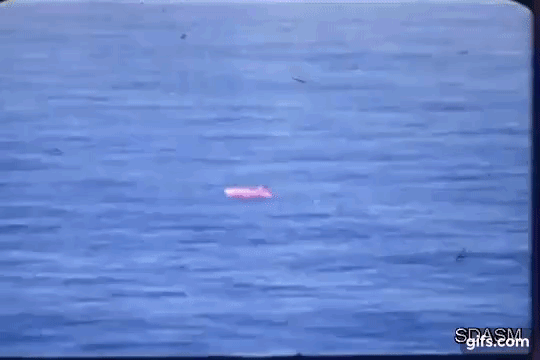Dilandu
I'm dissatisfied, which means, I exist.
This rather obscure Sweden weapon system, actually, quite interesting:



It is the first Western shipborne anti-ship missile ever commissioned, and the only one Western SSM close to Soviet cotemporary analogues (like P-15 "Termit"). Interesting to note, that it seems to be essentially an off-the-shelf design - Rb-04 air-launched anti-ship missile radar head, mated with the (enlarged) body & autopilot of CT 20 turbojet-powered flying target, produced by Nord Aviation (if I understood the sources correctly).
It was used from both the ships ("Halland"-class destroyers), where it was launched from the rails fitted above the trainable torpedo launcher, and from coastal batteries, where it was launched from zero-lenght mobile ramp. The missile was firstly commissioned in 1966, and stayed in service up to 1995. About 80 missiles were build.
Missile Data (according to the http://www.robotmuseum.se )
It is mentioned, that follow-up Rb-08B missile was planned, but I was unable to find any more details.
P.S. What puzzled me a bit, that it seems to be no or little foreign interest in what essentially was the only shipborne anti-ship missile available for any Western nation from mid-1960s to early 1970s. After "Eilat" sinking in 1967, there were a lot of interest in anti-ship missiles - but Swedish ones seems to not be noticed.

It is the first Western shipborne anti-ship missile ever commissioned, and the only one Western SSM close to Soviet cotemporary analogues (like P-15 "Termit"). Interesting to note, that it seems to be essentially an off-the-shelf design - Rb-04 air-launched anti-ship missile radar head, mated with the (enlarged) body & autopilot of CT 20 turbojet-powered flying target, produced by Nord Aviation (if I understood the sources correctly).
It was used from both the ships ("Halland"-class destroyers), where it was launched from the rails fitted above the trainable torpedo launcher, and from coastal batteries, where it was launched from zero-lenght mobile ramp. The missile was firstly commissioned in 1966, and stayed in service up to 1995. About 80 missiles were build.
Missile Data (according to the http://www.robotmuseum.se )
It is mentioned, that follow-up Rb-08B missile was planned, but I was unable to find any more details.
P.S. What puzzled me a bit, that it seems to be no or little foreign interest in what essentially was the only shipborne anti-ship missile available for any Western nation from mid-1960s to early 1970s. After "Eilat" sinking in 1967, there were a lot of interest in anti-ship missiles - but Swedish ones seems to not be noticed.




